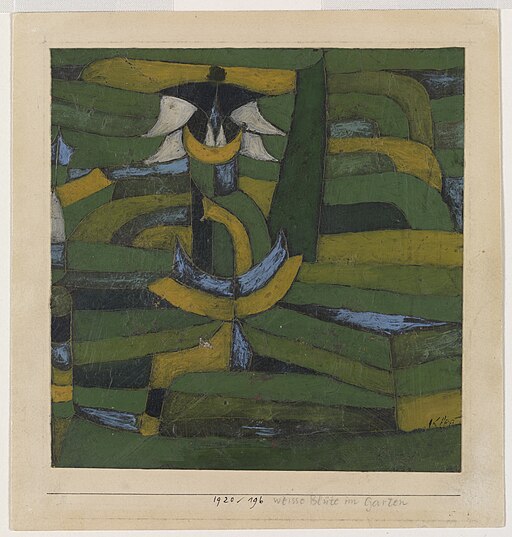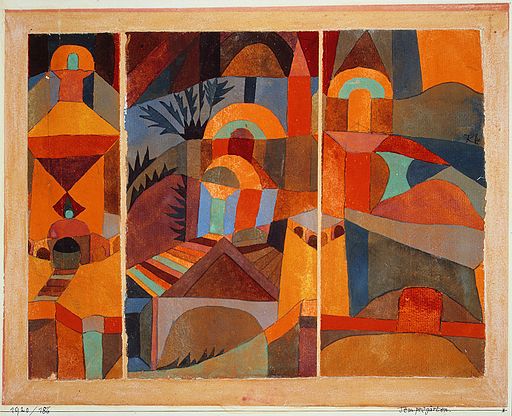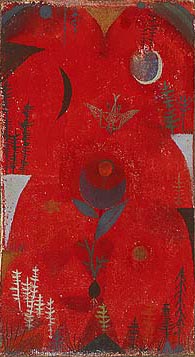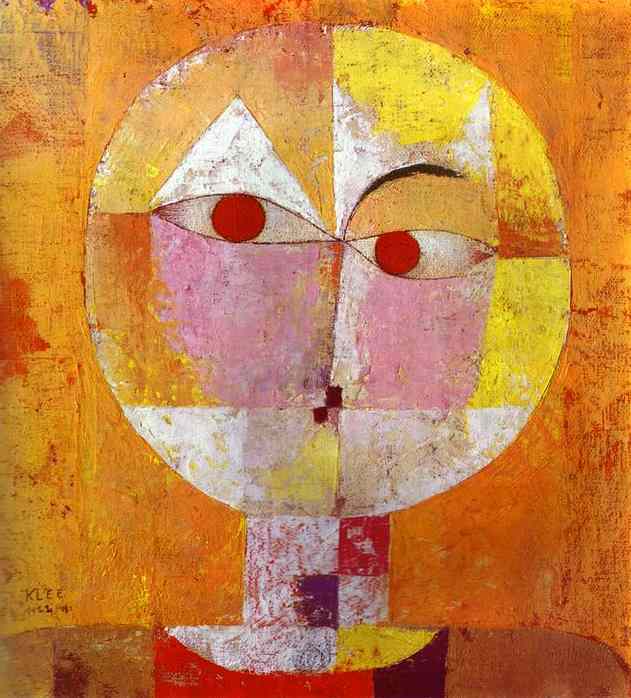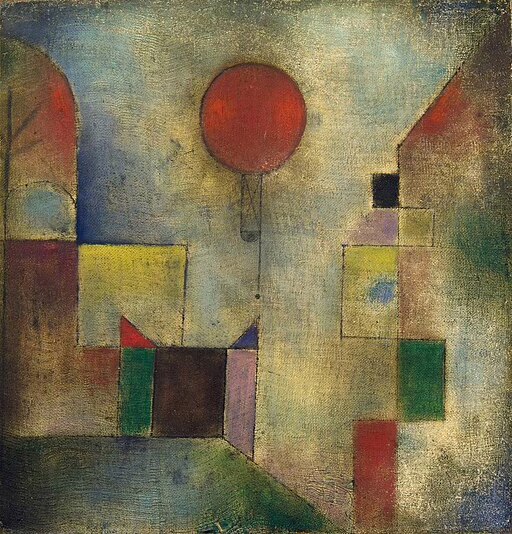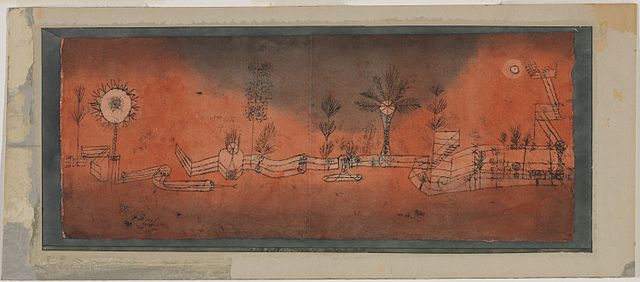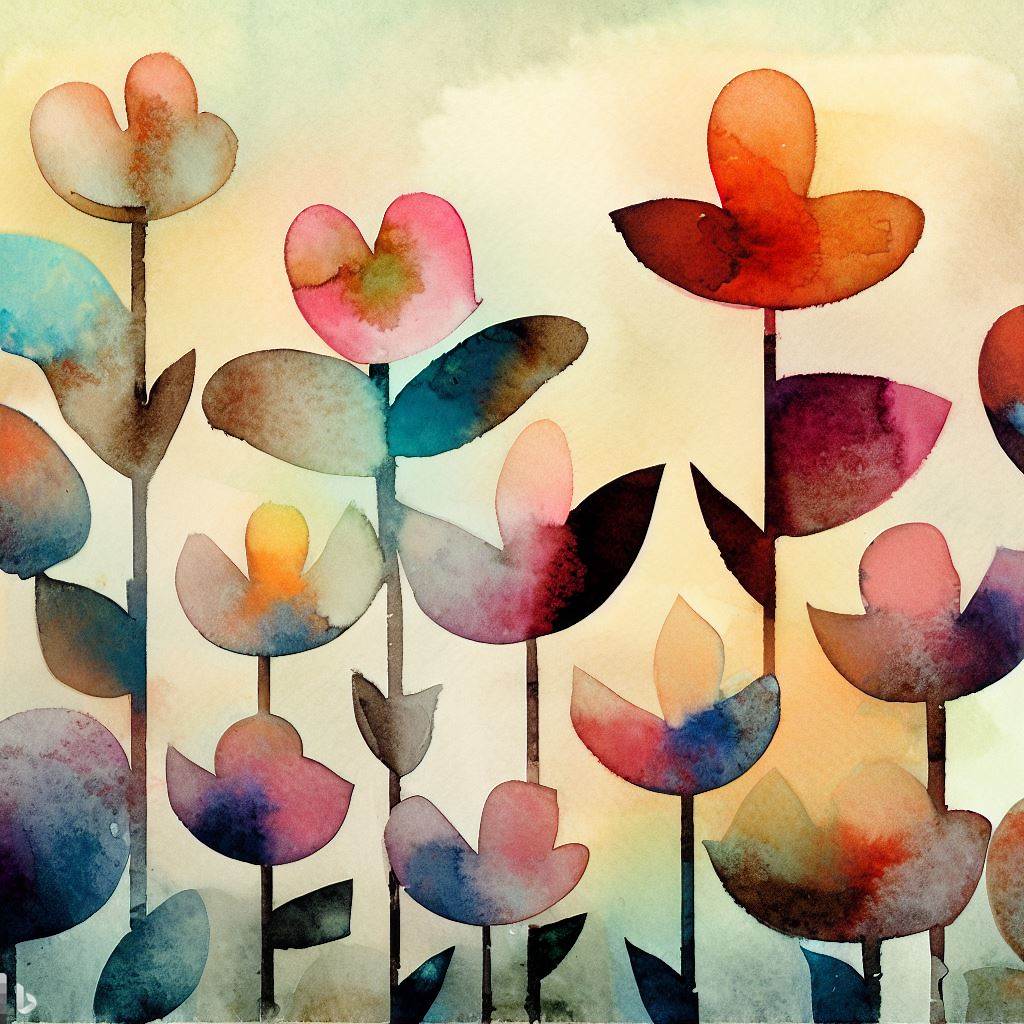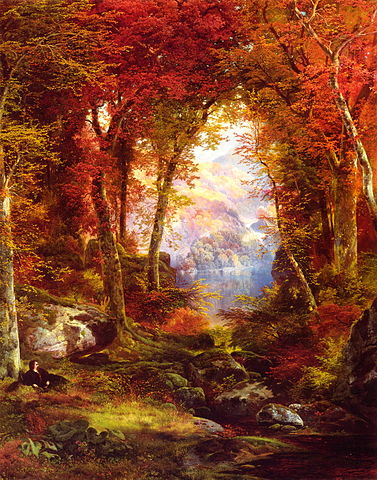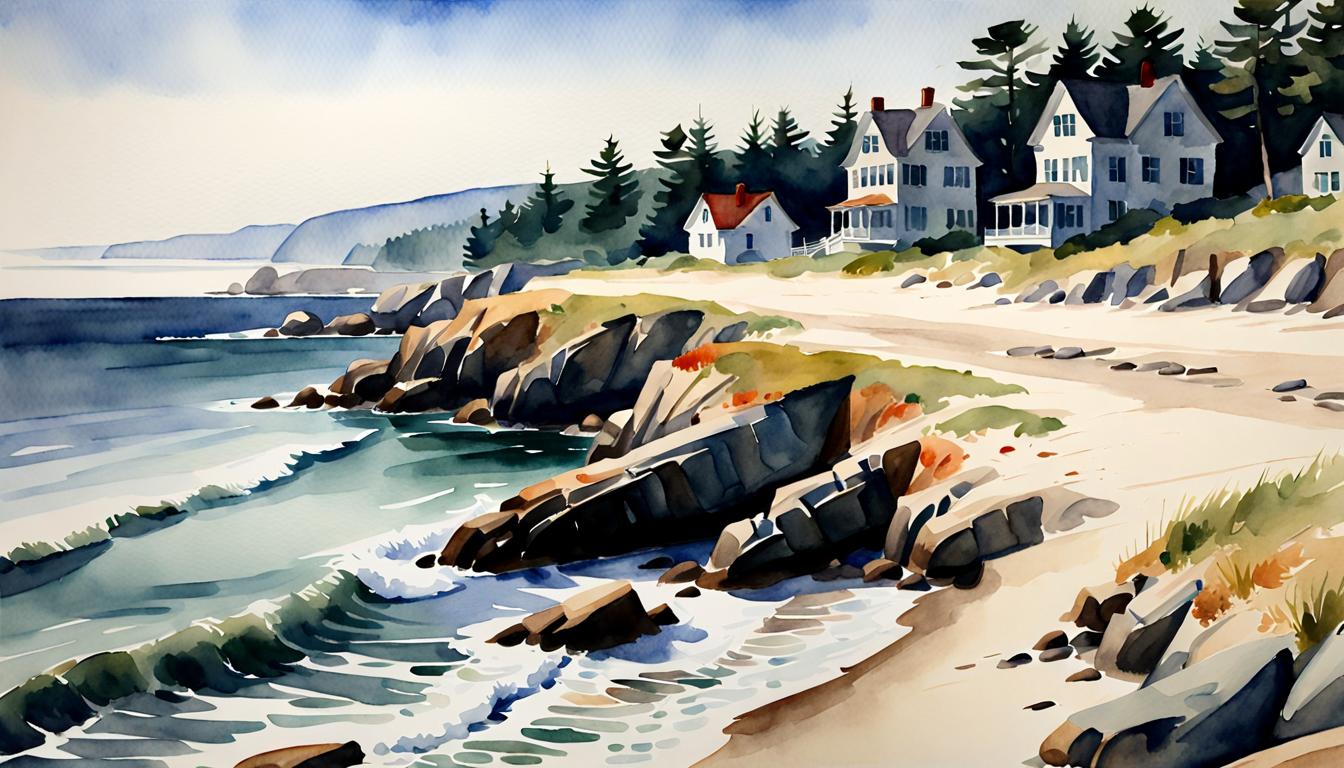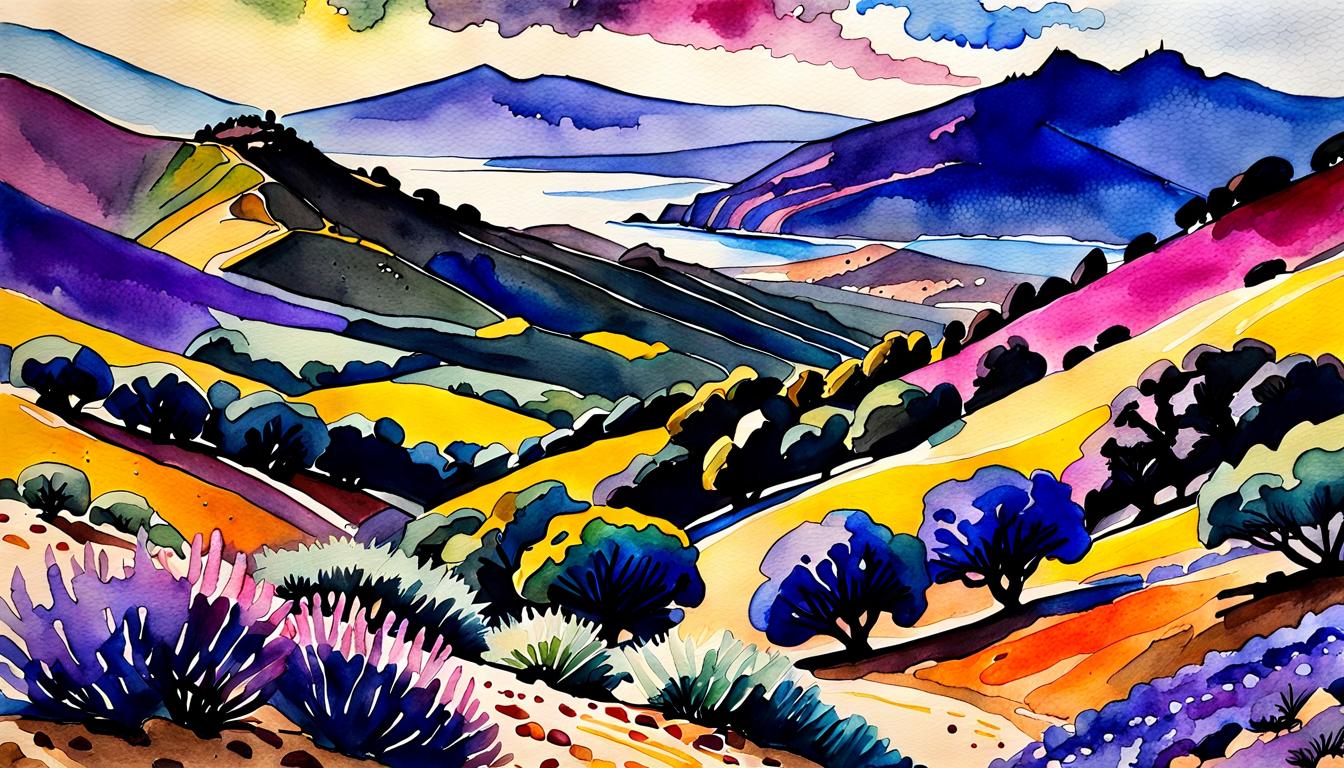Paul Klee (1879-1940) was a Swiss-German artist who made significant contributions to modern art, with his work spanning various movements such as Expressionism, Cubism, and Surrealism. His highly individualistic style and innovative use of color, form, and symbolism have left a lasting impact on the art world, influencing generations of artists. This article will delve into Klee’s life, the most famous Paul Klee watercolors, and his enduring influence on the art world.
Early Life and Education
Born in Münchenbuchsee, Switzerland, to a German music teacher and a Swiss singer, Klee was exposed to the arts from a young age. He was a gifted violinist and even considered pursuing a career in music before ultimately deciding to focus on visual arts. Klee received his education at the Academy of Fine Arts in Munich and later taught at the Bauhaus, a highly influential German art school of the interwar period.
Artistic Style and Philosophy
Klee’s diverse body of work defies categorization within any single artistic movement or school. His paintings often feature fantastic, childlike, or witty elements, which have served as inspiration for various artists of the 20th century. Klee was fundamentally a transcendentalist who believed that the material world was only one among many realities open to human awareness[4]. His use of design, pattern, color, and miniature sign systems all speak to his efforts to employ art as a window onto that philosophical principle.
Klee’s background in music played a significant role in his artistic approach, as he often practiced the violin as a warm-up for painting. His unique combinations of simplistic forms and colors created final works that were more than the sum of their parts, imbuing his pieces with a sense of setting, temperature, and mood.
Famous Paintings
Some of Paul Klee’s most famous paintings include:
- Blossoms in the Night (1930): This painting, which can be viewed at the San Francisco Museum of Modern Art, showcases Klee’s unique language and teachings at the Bauhaus.
- The Goldfish (1925): Depicting a golden fish in deep blue water with several small fishes and light blue plants, this painting demonstrates Klee’s unique perspective on animal life.
- Around the Fish (1926): In this piece, Klee depicted a fish surrounded by constellations of various elements, including the moon, a cross, and a red flag.
- Mask of Fear (1932): This painting features a haunting face, showcasing Klee’s ability to evoke emotion through his art.
- Revolution of the Viaduct (1937): This painting captures Klee’s fascination with architecture and his ability to create dynamic compositions.
- Fire in the Evening (1929): This painting demonstrates Klee’s mastery of color and his ability to create atmospheric effects.
| Painting | Location | Description |
|---|---|---|
| Angelus Novus (1920) | Israel Museum, Jerusalem | A monoprint featuring a new angel, representing the “angel of history” [1] |
| Villa R (1919) | Kunstmuseum Basel, Basel | Depicts a white villa beside a red road winding into the mountains, with a large capital letter R in the foreground [2] |
| Camel (in rhythmic landscape with trees) (1920) | Kunstsammlung Nordrhein-Westfalen, Düsseldorf | A painting with horizontal bands dotted with circular shapes, featuring a camel as the subject [3] |
| Ab ovo (1917) | Zentrum Paul Klee, Bern | A watercolor on gauze and paper with a chalk ground, featuring triangular, circular, and crescent patterns [4] |
| Swamp Legend (1919) | Lenbachhaus, Munich | A painting with a mysterious atmosphere, featuring a landscape with trees [5] |
| Fire in the Evening (1929) | Unknown | Demonstrates Klee’s mastery of color and his ability to create atmospheric effects [6] |
Please note that this is not an exhaustive list of Paul Klee’s works, but a selection of some of his famous paintings.
Paul Klee Watercolors
Klee was particularly skilled in watercolor painting, and his watercolors often feature fantastic, childlike, or witty elements. Some of his notable watercolor paintings include “Insula Dulcamara,” “Split Colored Rectangles,” “Sailing Boats,” and “Portrait of a Violet-Eyed Woman”. Klee’s watercolors often showcase his unique combinations of simplistic forms and colors, creating final works that are more than the sum of their parts and imbuing his pieces with a sense of setting, temperature, and mood.
Techniques and Characteristics of Paul Klee’s Watercolors
Paul Klee’s watercolors are known for their unique combinations of simplistic forms and colors, creating final works that are more than the sum of their parts. Klee utilized a variety of techniques, including overlapping watercolor glazes, spray painting, and impasto. His works express the evocative power of the lines, suggesting the flow of water, an expanse of roads and fields, and big cities full of palaces. Klee’s fascination with color is evident in his watercolors, which he viewed as a means of escape from pessimism.
The Influence of Music and Poetry in Klee’s Watercolors
Paul was deeply influenced by music and poetry in his artistic creations, especially in his watercolors. Born to a German music teacher and a Swiss singer, Klee was exposed to the arts from a young age and was a gifted violinist. His background in music played a significant role in his artistic approach, as he often practiced the violin as a warm-up for painting. Klee’s unique combinations of simplistic forms and colors in his watercolors created final works that were more than the sum of their parts, imbuing his pieces with a sense of setting, temperature, and mood.
Klee’s fascination with music is evident in many of his paintings, which often feature musical titles or references, such as “In the Style of Bach” and “Polyphony”. In these works, Klee explores the structural affinities between painting and music, using color and form to express his musical ideas. His watercolors often showcase his unique approach to color, which was inspired by his love for classical music and his experiences at the Bauhaus, a highly influential German art school.
In addition to music, poetry also played a significant role in Klee’s artistic creations. Klee’s work had a powerful effect on poets such as Paul Muldoon, Sylvia Plath, and Tom Paulin. His paintings often evoke images that dance and tease the imagination, much like the visual images in his watercolors. Klee’s exploration of color and form in his watercolors can be seen as a fusion of artistic and musical influences, creating a complementary whole that transcends the boundaries of traditional art forms.
Influence and Legacy
Paul Klee’s influence on the art world is immense, with his work inspiring artists from various movements, including Surrealism, Abstract Expressionism, and the New York School. Artists such as Joan Miró, Salvador Dalí, Mark Rothko, and Jackson Pollock have all been influenced by Klee’s work. Klee’s extensive writings on art theory, particularly his lectures on form and design, are considered as important for modern art as Leonardo da Vinci’s writings.
Even today, Klee’s work continues to inspire contemporary artists, such as Etel Adnan, Michaela Flatley, and Richard Tuttle. His energetic experimentation with forms and materials has left a lasting impact on the art world, and his work remains a testament to the power of artistic vision and innovation.
In conclusion, Paul Klee’s artistic brilliance and visionary approach have left an indelible mark on the world of art. His unique style, innovative use of color and form, and philosophical outlook have inspired generations of artists and continue to captivate art enthusiasts today. As we unveil the journey of this extraordinary artist, we gain a deeper appreciation for the power of creativity and the enduring influence of artistic visionaries like Paul Klee.
